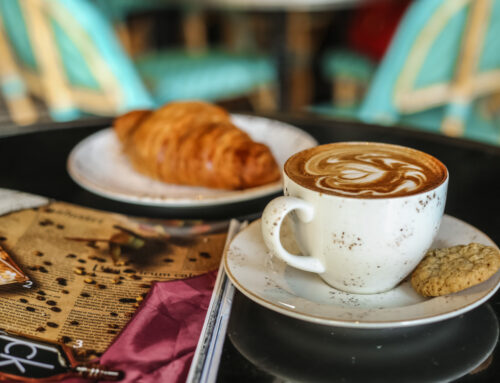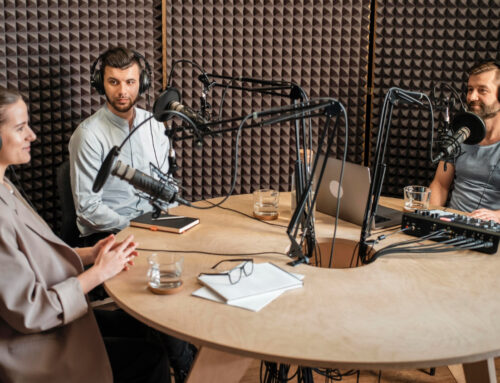Words by Jumana
Swaying palm fronds and spikes of the shading banyan tree leaf rests on the white sand while infants and toddlers entertain themselves. Lunch was cooking steadily on a bright afternoon while a group of women gathered in what appears to be an unintentional circle. Telltale signs of another graceful Maldivian craft, Liyelaa Jehun (lacquer and carvings) cover the Gathaa fai (body), which is adorned by the white mound of Gathaa boa (top pillow). The pretty tinkle of wood bobbins promise a beautiful weaving as the threads of gold, silver and colors of gemstones catch the sun.
“Empowering women can build communities” quotes such as this are hard to miss on celebrations such as International Women’s day, but how many actually live it? We at Kaleo sat down with four wonderful women who live this truth in their daily lives interwoven with intricate beauty and centuries-old history. These are the Ladies of the Kasabu…
Eid is six moons away and yet the preparations are already underway. Threads of gold caught the sun as they steadily wove up and down, over and under. A visitor calls upon this group. ” Is Hawwa around?”. “She went to get some Kinaari from Didibe”. The visitor then sat down and began chatting animatedly, helping Hawwa’s get closer to a completed neckline that will adorn her libaas. They were all comfortable in unspoken kinship and love.


The string that brought together all of these women highlighted today is none other than Hidhana Latheef @KasabubyHidha whose first memory of libaas comes from the rare glimpse, whenever her great grandmother took out the Gathaafai and Bo (stand and pillow). “I recall the sounds made by bobbins and thinking they were so nice”, she noted. Fast forward to 2017 when she finally took the step that changed the course of contemporary Kasabu history when Hidha became a student of one of the legendary weavers, Aishath Ibrahim from G.dh. Thinadhoo. “Even when I was unsure if I could take this on, my teacher and mother were steadfast in reassuring me”. Now famous for the vibrant and detailed wristbands and cushions as well as other customized Kasabu crafts, Hidha explained, “I realized that bringing forth a Kasabu product could only happen through truly knowing the craft and background. Even if you look at the tourism industry and the part played by local crafts within it, it is important to be armed with knowledge”. It was back in 2019 when she conducted her first class. She may not have known it yet but these classes and the community it built will go on to impact several lives, livelihoods, curate passions and revive an ancient and beautiful art.


One such people is Aishath Shiruhan. While most know her as Shiru Miss – a legacy of her work as a teacher – plenty now know her for the beautiful works of art. From making colorful Kasabu pattern necklaces to resin art and Rumaa falhi that adorn a woman’s hair with traditional-wear, @ashirhan is a powerhouse. She recalls that her first time seeing Kasabu was when her father brought a Kasabu libaas for her Aminiya School 6th grade concert. Itvwas then that she decided to learn how to weave the beautiful neckline.”I was able to take my first Kasabu class about two days before Covid-19 lockdown so a lot of the remaining classes had to be taken via videos sent online”. By November that year, having mastered most styles of the Hiru (levels of the Kasabu collar), she turned to Hidha to learn the Thundu hiru. She noted, “Thundu hiru has been my favorite since then! It is such an easy one that can be done by five foali (bobbin). One of my favorite products is actually a piece done with resin and thundu”, she said.


The Maldivian social media-verse is no stranger to @Gathaatales where even the most vague aficionado of this rich history can’t help but look on with intrigue. Fathimath Nadhuha Abdul Muhsin or @thundho and her infamous PoBo (portable Gathaabo) and their adventures in different geographies of Maldives started off in 2020 when her aunt got a chance to make a traditional Libaas. It was when Nadu sewed on the Kasabu collar and happily showed it to her father that he quickly pointed out that there were several errors. “So I started exploring the designs and finding out the rules behind the arrangements. It wasn’t easy to purchase Kasabu back then so I wanted to learn it for myself”. As fate would have it, it was during a quarantine imposed by Covid-19 when Hidha’s Kasabu work popped up on Nadu’s instagram. She took a course over the phone and with the help of videos during that time and later joined the physical course. The rest, as they say, i̶s̶ will make history. An X-ray technician by day, Nadu is currently X-raying ancient Libaas and diving deep into researching everything there is to know about this ancient art. We can’t wait to see how this will add to the pages of history in the future.


A beautiful author, patient teacher and researcher as well as premiere expert in the field of Maldivian culture, history and architecture, Mariyam Isha Azeez is a person of many talents. Isha recalls the first time she appreciated Kasabu Boavalhu libaas when she got the opportunity to wear an 80 year old piece from Kulhudhuffushi for an event. “It was a beautiful Hiru made with of actual gold and silver”. Isha is yet another student of Hidha whose fascination with Kasabu began near the ancient tombstones, “Seeing the ornamentations on the steps of ancient mosques and learning about other areas where they are significant also made me realize how Kasabu and Ulhaa (bracelet) and other forms of adornment were also a means of separating the hierarchy in ancient Maldivian communities”. An expert at saying it best, Isha expressed that she truly fell in love with this art through the beauty of the community involved in it.
Many talk the talk but very often lag behind in actually initiating the empowerment of women. What struck out most to us at Kaelo is how genuinely and actively all of these women – every single one of them without fail- work to lift each other up. Contacting the ladies for an interview idea was met with, “I would love it if more Kasabu artists could be included. There are so many beautiful stories to be told”. It is very likely that when a group of people who delve into similar artistry for a living get together, that there is a sense of competition. We can attest that it is the absolute opposite within this community. These ladies are a testament to the fact that you can be involved in the same field while still being some of each other’s biggest supporters.
Not only are the evening Kalhu Sai and Kasabu tea gatherings like a homely hug for the soul – you actually leave them feeling energized and refreshed- to us, this Kasabu community is the ultimate epitome of women’s essence, power and shows, once and for all the ability of women to weave together entire nations and communities for a millennia.









Leave A Comment